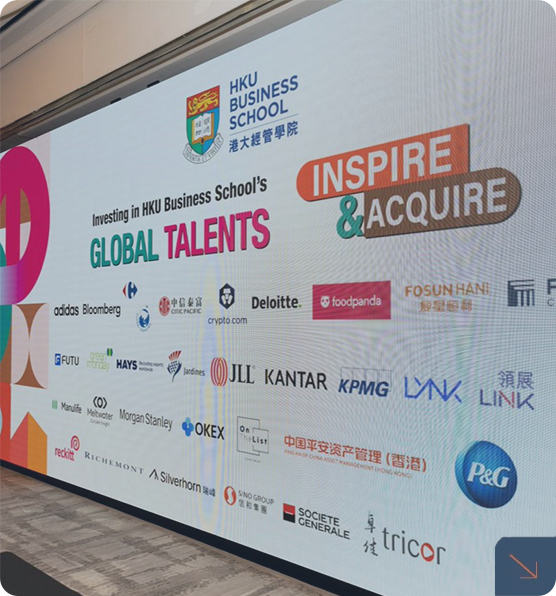2023年剛結束的兔年春節內地民眾過得怎樣?調查顯示,兔年春節期間,民眾的幸福感平均值為5.47,介於“比較開心”與“開心”之間(1為最低值,7為最高值),“比較開心”以上人群占比為83.1%。

香港大學港大經管學院市場學副教授賈軾與其他學者組成的研究團隊,日前開展一項全國問卷調查,有關內地民眾的春節幸福感和疫情感知風險。
虎年春節前後,新冠疫情在内地多個城市再度爆發,「就地過年」也再次成為人們春節的選項。香港大學副教授賈軾、香港中文大學(深圳)教授賈建民、清華大學教授薛瀾和博士生袁韻等組成的研究團隊再次開展《春節幸福感與疫情應對行為》的全國性問卷調查。研究團隊於春節前、後通過內地的調研平臺Credamo對同一群體開展兩次調查,分別收集問卷3500份和3016份,樣本來自全國256個城市,年齡段以20-50歲有春節探親需要的群體為主,覆蓋各類社會群體與收入階層。
虎年春節前後,新冠疫情在多個城市再度爆發,「就地過年」也再次成為人們春節的選項。香港中文大學(深圳)研究團隊開展的針對以20-50歲有春節探親需要的群體的「春節幸福感與疫情應對行為」的全國性問卷調查顯示,虎年 「就地過年」與「返鄉探親過年」民眾的春節幸福感相同。
Video advertisements often show actors and influence agents consuming and enjoying products in slow motion. By prolonging depictions of influence agents’ consumption utility, slow motion cinematographic effects ostensibly enhance social proof and signal product qualities that are otherwise difficult to infer visually (e.g., pleasant tastes, smells, haptic sensations, etc.). Seven studies including an eye-tracking study, a Facebook Ads field experiment, and lab and online experiments—all using real ads across diverse contexts—demonstrate that slow motion (vs. natural speed) can backfire and undercut product appeal by making the influence agent’s behavior seem more intentional and extrinsically motivated. The authors rule out several alternative explanations by showing that the effect attenuates for individuals with lower intentionality bias, is mitigated under cognitive load, and reverses when ads use non-human influence agents. The authors conclude by highlighting the potential for cross-pollination between visual information processing and social cognition research, particularly in contexts such as persuasion and trust, and discuss managerial implications for visual marketing, especially on digital and social platforms.
Video advertisements often show actors and influence agents consuming and enjoying products in slow motion. By prolonging depictions of influence agents’ consumption utility, slow motion cinematographic effects ostensibly enhance social proof and signal product qualities that are otherwise difficult to infer visually (e.g., pleasant tastes, smells, haptic sensations, etc.). Seven studies including an eye-tracking study, a Facebook Ads field experiment, and lab and online experiments—all using real ads across diverse contexts—demonstrate that slow motion (vs. natural speed) can backfire and undercut product appeal by making the influence agent’s behavior seem more intentional and extrinsically motivated. The authors rule out several alternative explanations by showing that the effect attenuates for individuals with lower intentionality bias, is mitigated under cognitive load, and reverses when ads use non-human influence agents. The authors conclude by highlighting the potential for cross-pollination between visual information processing and social cognition research, particularly in contexts such as persuasion and trust, and discuss managerial implications for visual marketing, especially on digital and social platforms.
Video advertisements often show actors and influence agents consuming and enjoying products in slow motion. By prolonging depictions of influence agents’ consumption utility, slow motion cinematographic effects ostensibly enhance social proof and signal product qualities that are otherwise difficult to infer visually (e.g., pleasant tastes, smells, haptic sensations, etc.). Seven studies including an eye-tracking study, a Facebook Ads field experiment, and lab and online experiments—all using real ads across diverse contexts—demonstrate that slow motion (vs. natural speed) can backfire and undercut product appeal by making the influence agent’s behavior seem more intentional and extrinsically motivated. The authors rule out several alternative explanations by showing that the effect attenuates for individuals with lower intentionality bias, is mitigated under cognitive load, and reverses when ads use non-human influence agents. The authors conclude by highlighting the potential for cross-pollination between visual information processing and social cognition research, particularly in contexts such as persuasion and trust, and discuss managerial implications for visual marketing, especially on digital and social platforms.
The creative industries like art, film, and theater have suffered during the pandemic. But could digital transformation mean innovative, new business models save the arts? As industries that rely on delivering physical experiences to generate income, the coronavirus pandemic hit creative sectors like art, theater, and film worse than most.
小額商品也能分期付款、與商家、各個網購平台無縫銜接.....「BNPL」(Buy Now Pay Later,先買後付)這一新的消費模式可謂為新一代年輕人量身打造,讓原本讓人望而卻步的產品只需輕點幾下屏幕便「觸手可及」。可是,這種新興消費模式下,年輕人的銷售習慣和財務將會如何受到影響?





